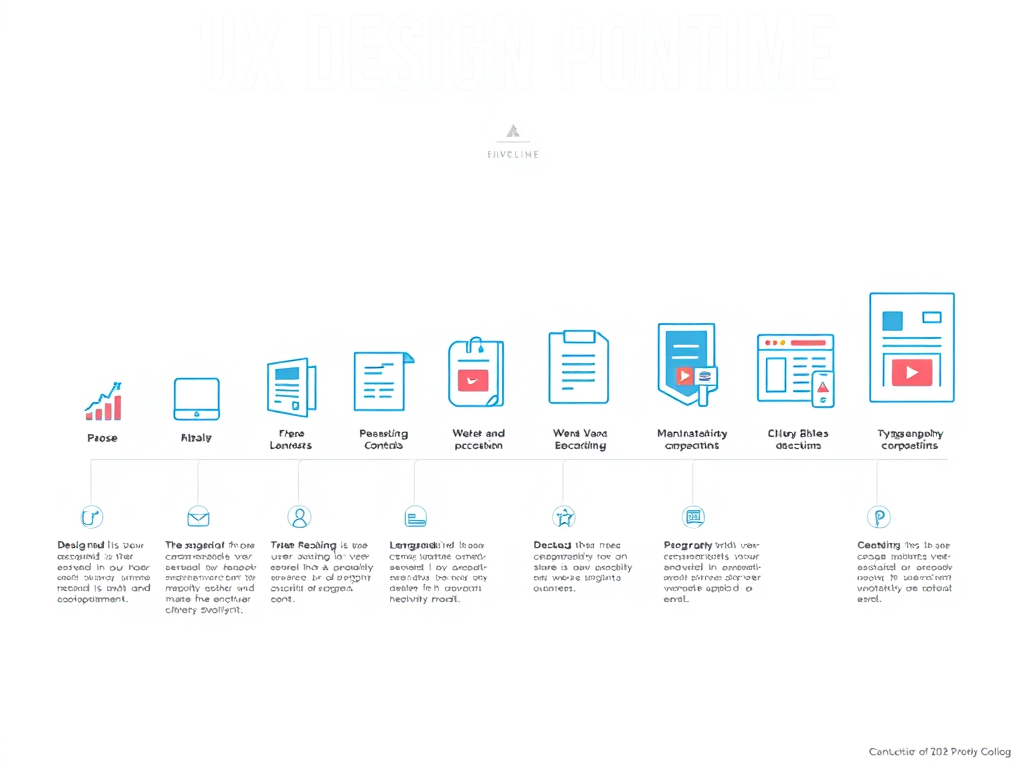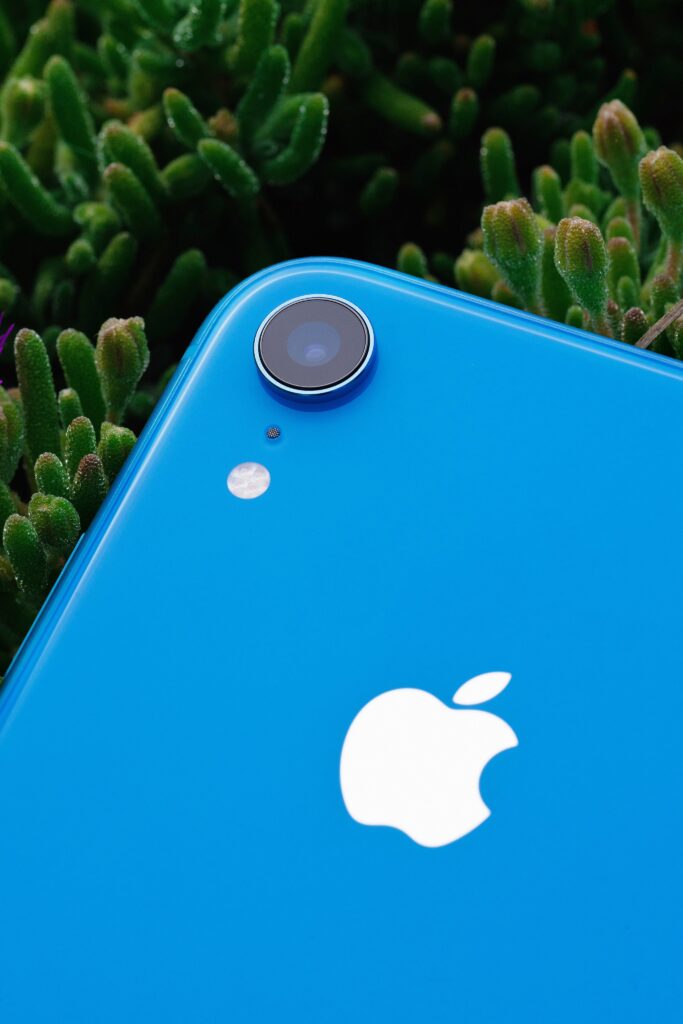Uncategorized
The Evolution of UX Design Principles
1/5 UX design has come a long way since the early days of human-computer interaction. Don Norman coined “user experience” in the 1990s at Apple, emphasizing usability over mere functionality. Today, it’s about empathy, accessibility, and seamless journeys. Let’s dive into how core principles have evolved.

2/5 In the 2000s, web 2.0 brought interactive elements like AJAX, making sites dynamic. Principles like Hick’s Law (fewer choices = faster decisions) became key. Designers focused on reducing cognitive load, leading to minimalist interfaces seen in Google’s early search page.
3/5 Mobile explosion in the 2010s shifted UX to touch gestures and responsive design. Material Design by Google and Human Interface Guidelines by Apple standardized patterns, ensuring consistency. Accessibility surged with WCAG standards, making inclusivity non-negotiable.
4/5 Now, in the AI era, UX incorporates predictive interfaces and personalization. Think Netflix recommendations—anticipating user needs. Ethical UX is rising, addressing dark patterns that manipulate users into unwanted actions.
5/5 Future? AR/VR will redefine immersion, but principles remain: user-centered, iterative testing. Always prototype, gather feedback, iterate. UX isn’t static; it’s a conversation with users. What’s your favorite UX evolution? #UXDesign #DesignEvolution


